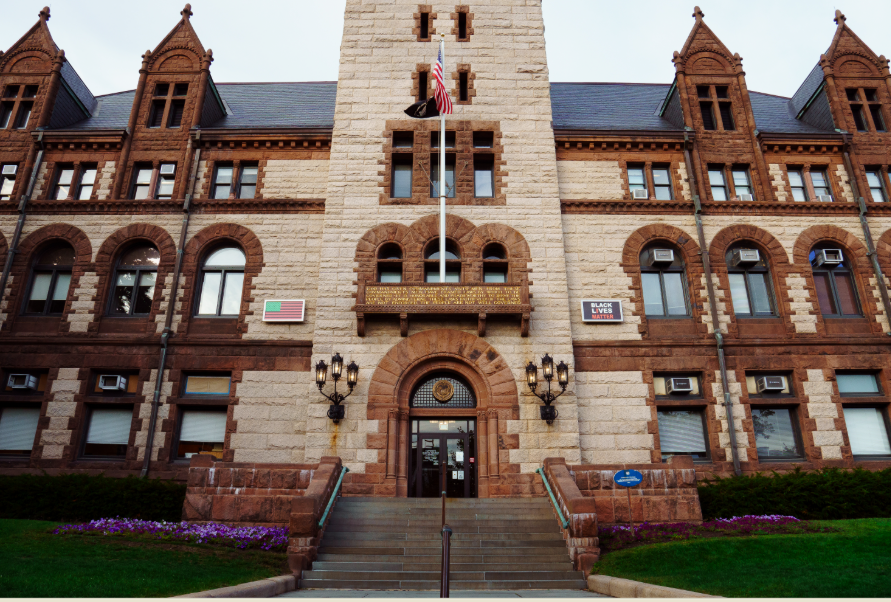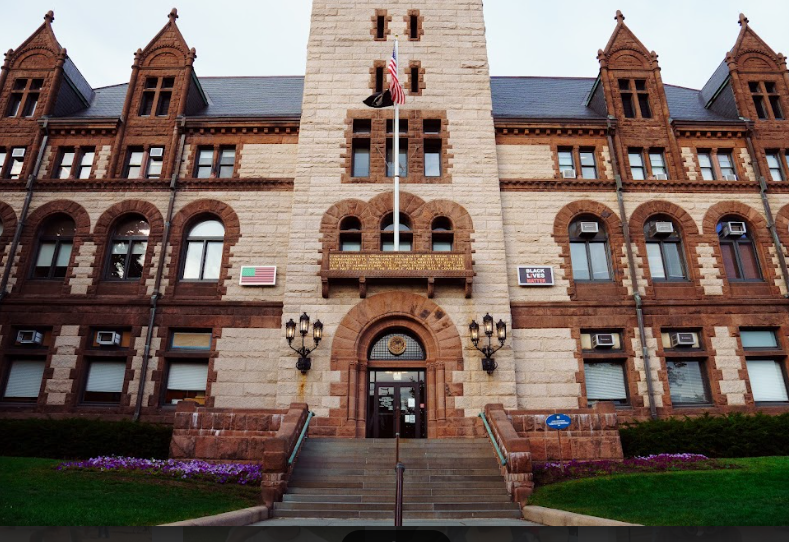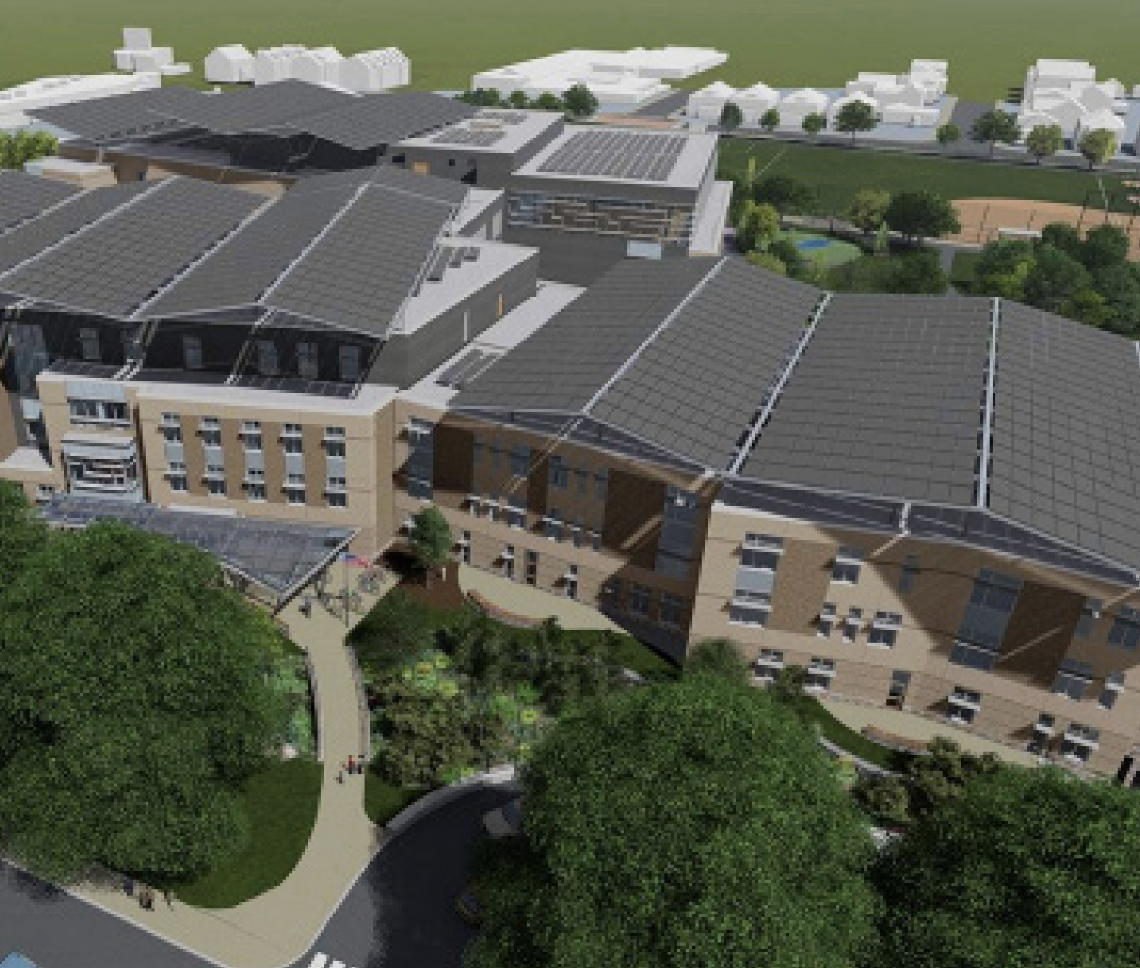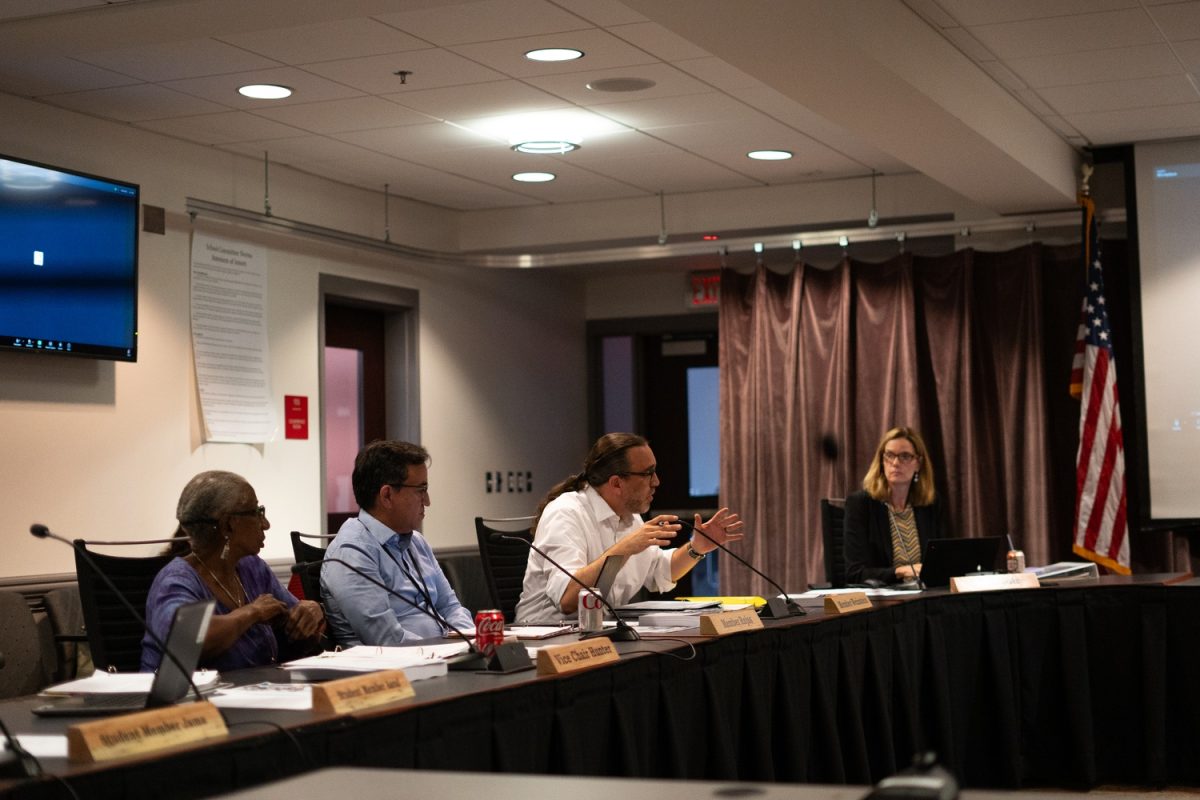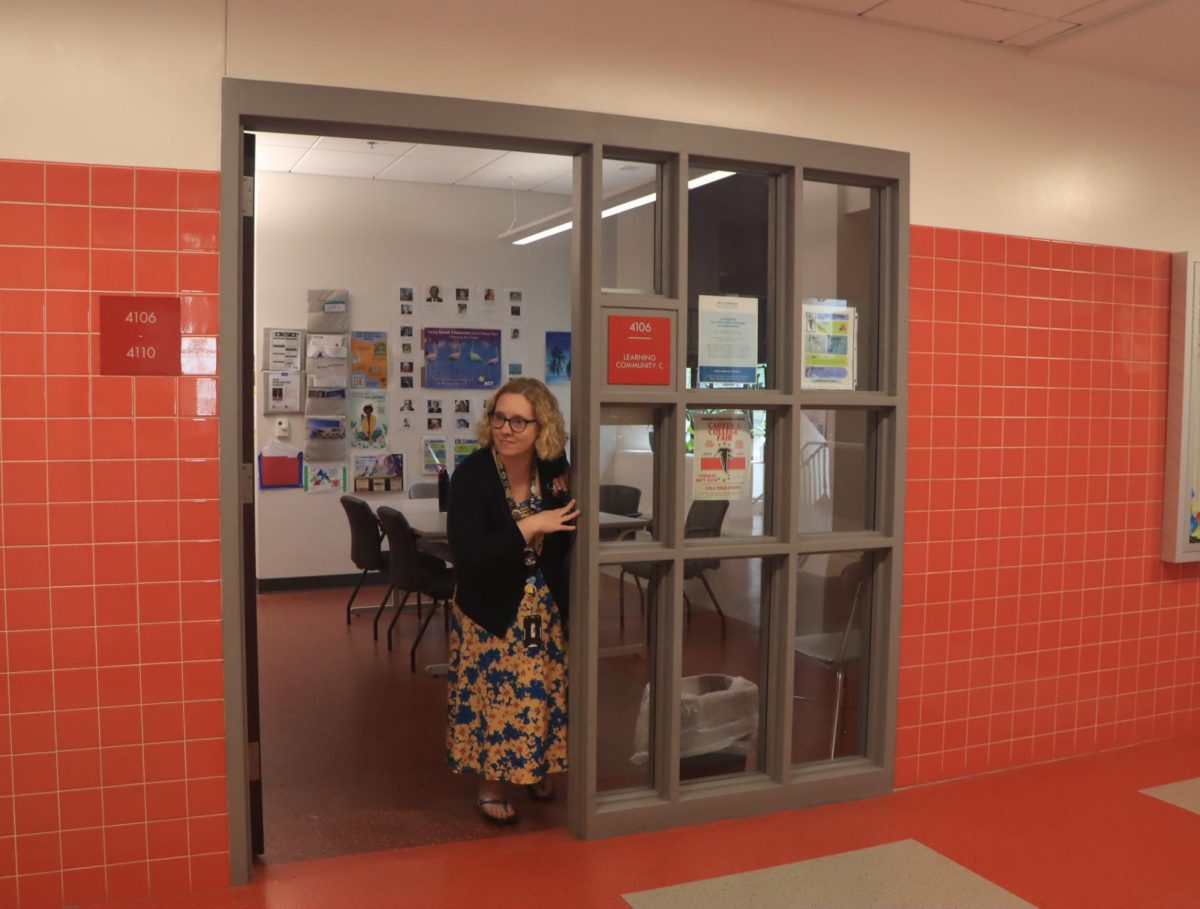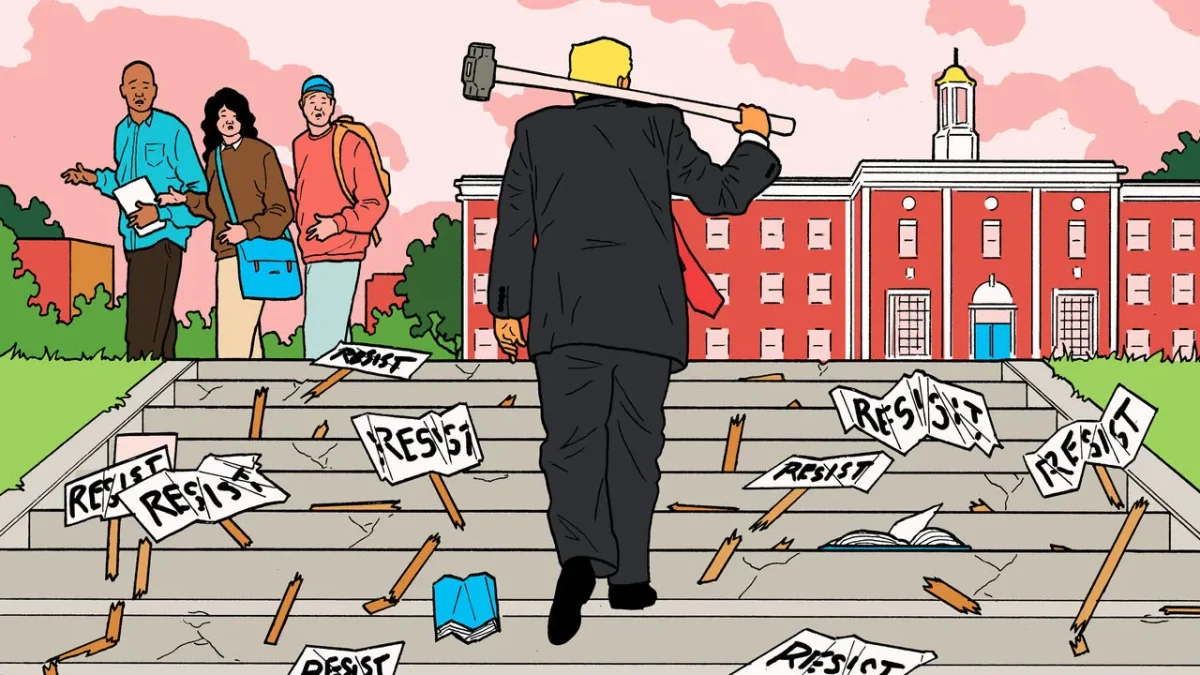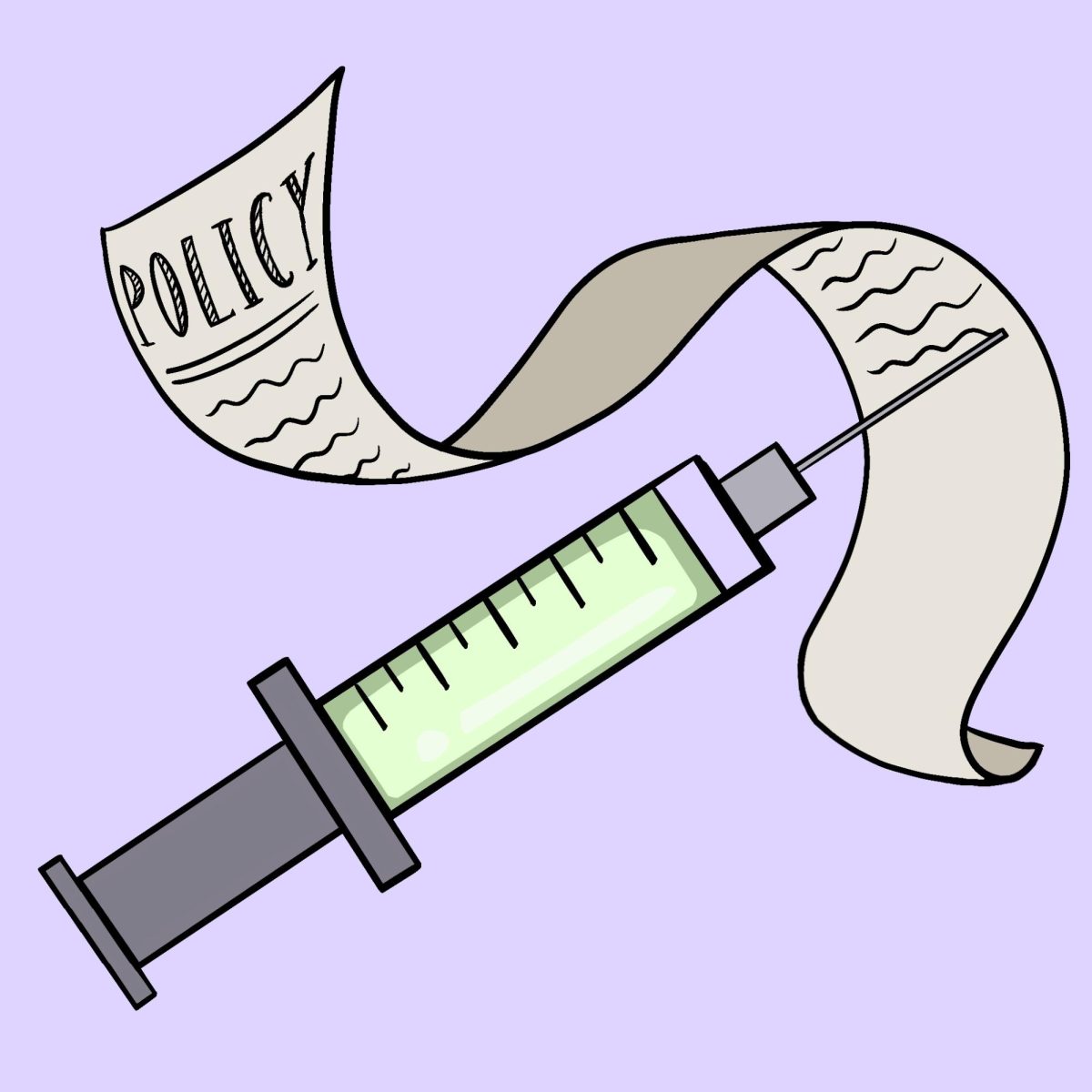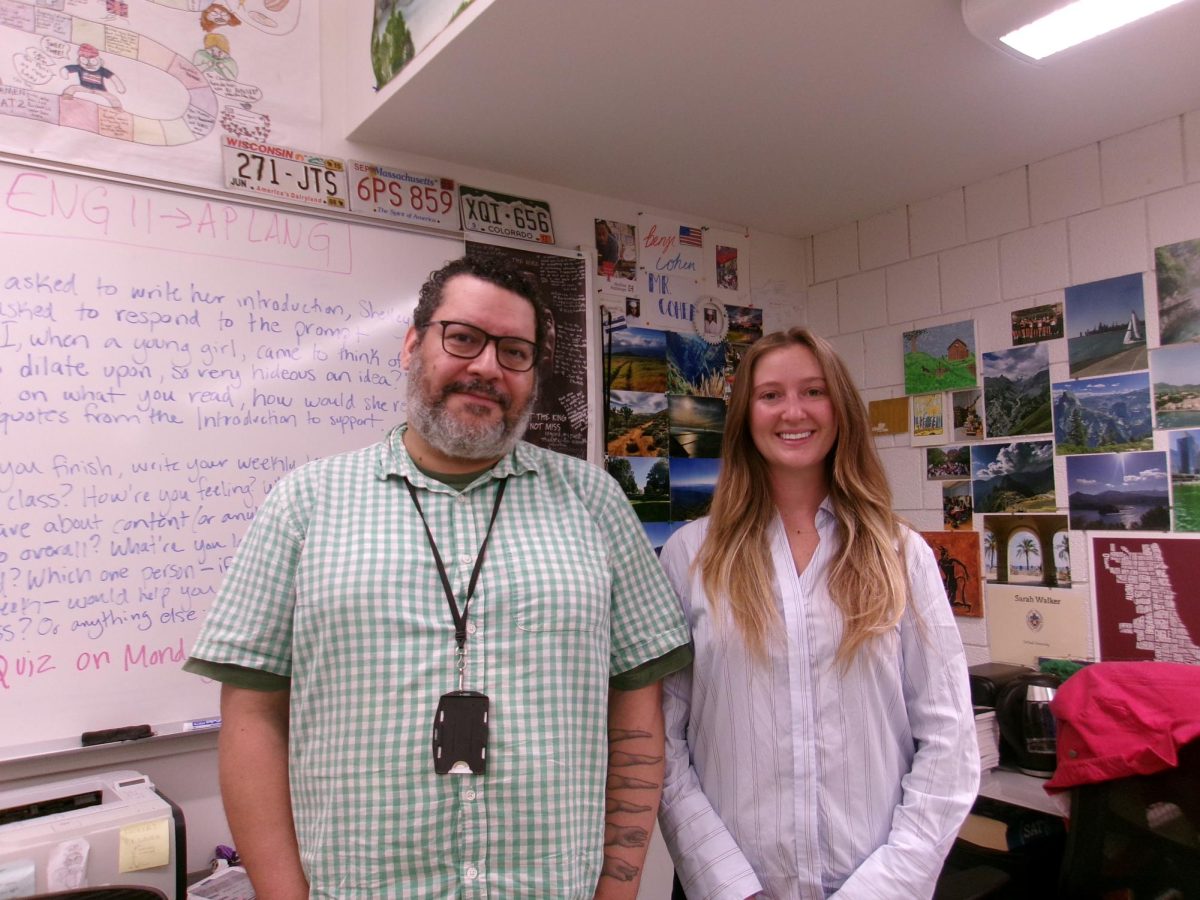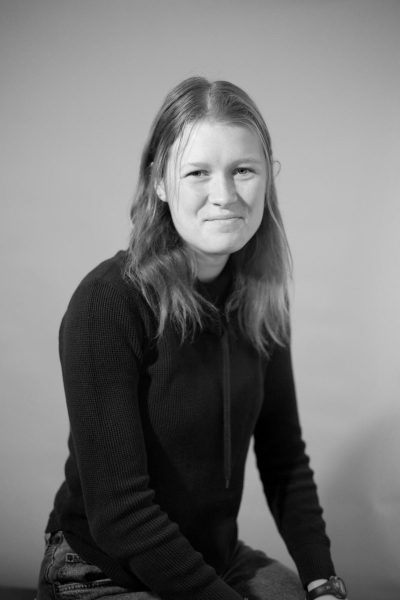
Starting December 15th, 2024, six MBTA bus routes will receive significant changes. These changes include the shortening and extension of some routes, as well as the labeling of new routes as “high-frequency,” meaning that the wait time during peak hours is no more than 15 minutes. The main goal behind the alternations is a faster, smoother commuting experience for all MBTA riders.
Most applicable to the Cambridge area is the shortening of the 86 route. The bus that used to run all the way from the Brookline reservoir area to Charlestown’s Sullivan Square will now stop short in Harvard Square. To make the trip’s final leg, the 109 route will start in Harvard and stop at Charletown’s Sullivan Square. Despite the added transfer of routes, this commute is still expected to be quicker than before due to the 109s new label as a “high-frequency” route.
The importance of the “high-frequency” label is MBTA’s promise about wait times for these routes. Notably, the wait during peak hours is expected to be no more than 15 minutes, and during non-peak hours, only 20 minutes. The proposed expansion of bus routes that fall under this category means that riders will spend less time waiting for transportation, decreasing their commute time.
Residents expressed their attitude to the changes during one of the many information sessions held to design the updates. Trudi Goodman, a resident, explained to The Cambridge Day, “If they can adequately time them correctly, the 47 is going to be a great thing,” referencing the extension of the 47 route.
A similar sentiment was felt by state representative Mike Connolly. At one information session, he told The Cambridge Day, “The T really is starting to round the corner,” in response to the removal of speed restrictions on the Red Line (another recent change in the MBTA). However, not all residents had the same positive outlook on changes. According to the Cambridge Day, some residents weren’t happy with adding a transfer between buses in their daily commute. Others called for improvements to bus signs and shelters at bus stops.
All the information sessions, feedback from residents, and changes to the bus routes fall under MBTA’s current “Bus Network Redesign” project. Started in 2018 and projected to finish in 2029, this project is a long-lasting endeavor with the goal of improving the MBTA for all users. More specifically, the MBTA highlights the project’s main aims as prioritizing equity by offering more frequent and all-day service, creating connections to new places, improving accessibility, and ensuring the network is more straightforward. The changes to bus routes are just one piece of the bigger puzzle of fixing Boston’s old public transportation system.
This article also appears in our January 2025 print edition.

